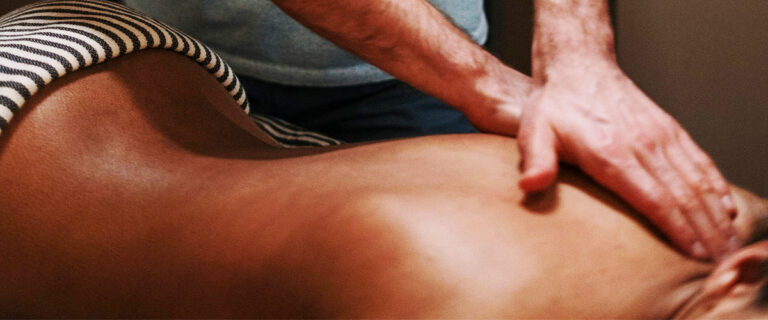The question of whether repeated headers in the game of soccer have a long-term impact on the brain or cognitive function is a raging debate among experts with no clear answer one way or another. An LA Times article on the subject makes this clear in its opening line… “Like a loose ball in a kids’ game, argument over the safety of heading in soccer has parents, coaches and scientists scrambling all over.”
The one place where there is solid agreement is that proper form is the key to preventing injury. Even if your child plays in a league where heading isn’t allowed, kids will emulate in the backyard what they see the top soccer players doing on TV. Take a moment to learn the basics of proper form so you can double check what you, your child and your child’s coach are doing. Here are a few dos and don’ts to look for:
Do strike the ball with the head. Don’t allow the ball to hit you in the head.
The main thing to remember is that the player should actively ‘strike the ball with the head’ rather than allowing the ball to ‘hit them in the head’. It is very hard to learn the skill of intentionally hitting a flying object with your head! The player needs to be active and purposeful in heading the ball, not passive.
Do keep your eyes open and locked on the ball. Don’t close your eyes when heading a soccer ball.
The most common mistake that young players make is closing their eyes. Instead, keep the eyes open and locked on the part of the ball you want to head.
Do use the whole body to generate your power. Don’t try to use your neck muscles.
Another mistake is believing that the power in a soccer header comes from the neck muscles. It doesn’t. In a traditional header, the power comes from the upper body. The back is arched in preparation for the header and the torso is trust forward to contact the ball. All the while, the chin is tucked toward the chest. This stabilizes the neck. In a diving header, the neck position is locked and stabilized and the entire body is propelled forward to contact the ball. The power comes from the jump and gravity, not the neck.
Do use a ball that is age-appropriate. Don’t use a wet ball for practice.
Soccer balls come in different sizes for a reason. When practicing headers, make sure you are using the right size ball for your age and not a ball that is too large and heavy. Also, as a soccer ball gets wet, the weight increases by 20% or more, so for practice, choose a dry ball.
As we stated at the beginning of the article, the debate about whether heading a soccer ball is safe for children (and adults) rages on. What we do know for sure is that kids will do it with or without proper instruction and that proper technique is the key to injury prevention. As adults, our job is to provide the proper instruction to keep our kids safe playing ‘the beautiful game’.



